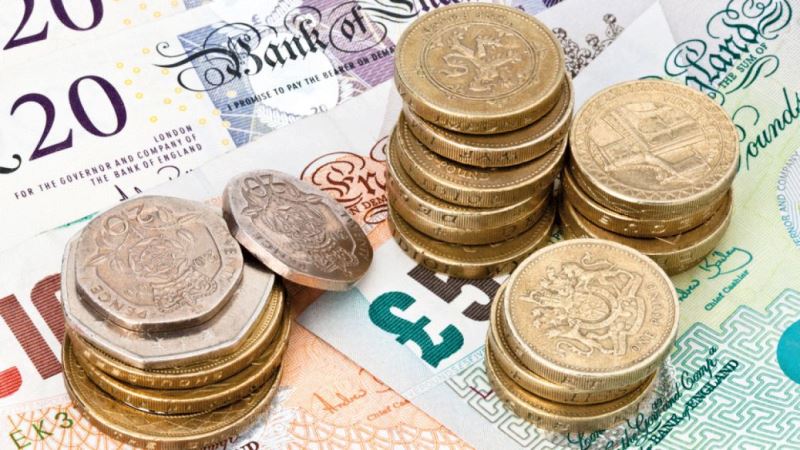The British currency remained firmly within recent ranges on Thursday – a trading slumber analysts say shows little sign of abating until a contest to take over from Prime Minister Theresa May is concluded.
Data showing a loss of momentum in the British economy has failed to stir the pound this week, with most of its direction coming from euro and dollar-specific drivers.
Investors are reluctant to take positions on the pound amid a Conservative party leadership contest. The winner, should it be a eurosceptic, could increase the risk of a no-deal Brexit that traders say would send the pound plummeting.
Michael Gove, one of the leading contenders to replace May, said he would delay Brexit rather than rushing into a no-deal exit in case it triggers an election that could propel Labour leader Jeremy Corbyn to power.
Traders are also mostly downplaying monetary policy signals, believing Bank of England Governor Mark Carney will not raise interest rates until the form of Britain’s exit from the European Union is clear.
The pound was little changed against the dollar at $1.2692 on Thursday, having risen off five-month lows of $1.2560 hit on Friday thanks to a selloff in the U.S. currency.
Sterling would fall considerably against both the dollar and euro if Britain left the European Union without a deal, according to strategists in a Reuters poll.
Median forecasts said sterling would trade between $1.15-$1.20 within a month following a no-deal Brexit. The median trading range forecast for the pound against the euro was 91 to 96 pence in a no-deal scenario.
Sterling traded at 88.545 pence per euro, down 0.1% on the day, and near five-month lows. Most foreign exchange markets were quiet on Thursday as traders prepared for the European Central Bank monetary policy meeting.
With fewer traders taking bets on the pound moving sharply one way or the another, expectations for price swings – measured by implied volatility – remains low.
Source: Reuters














